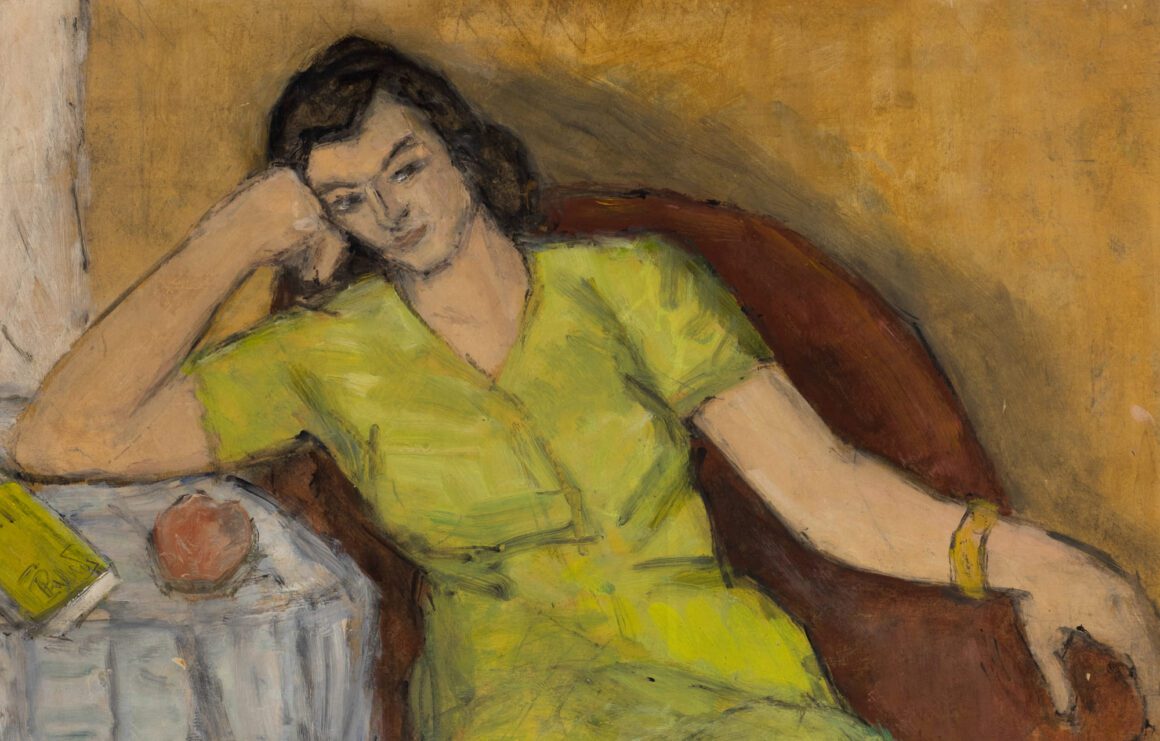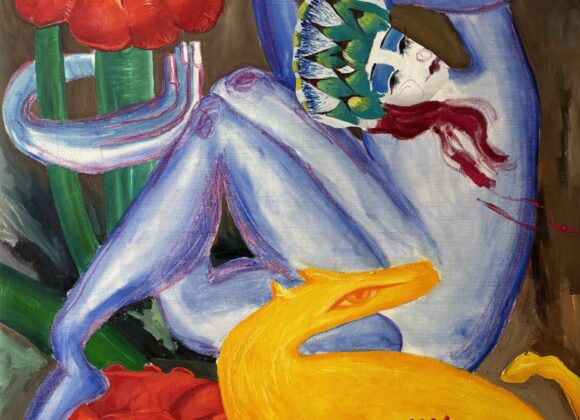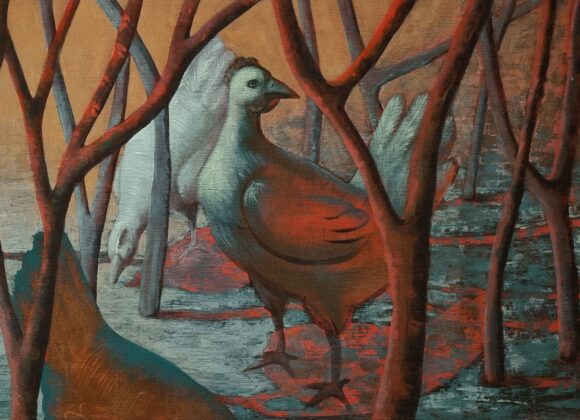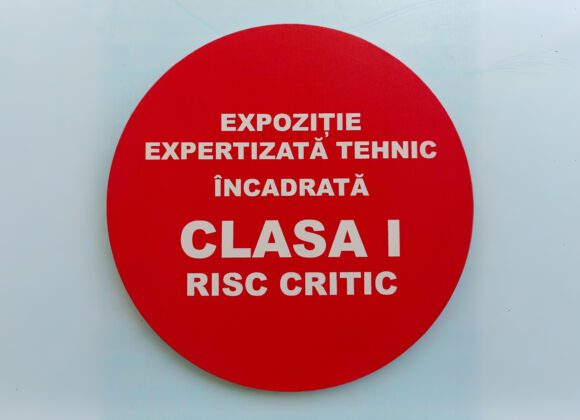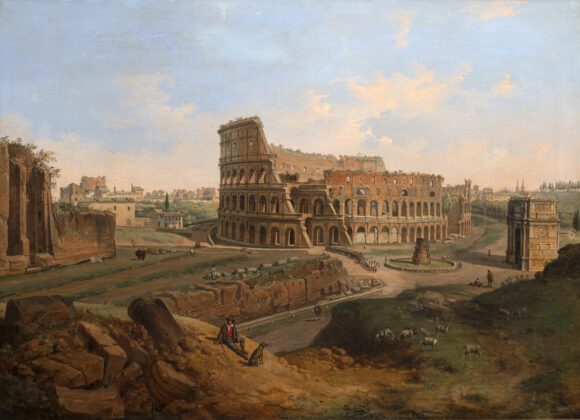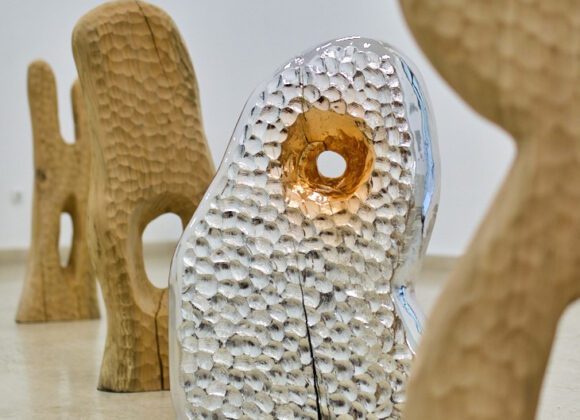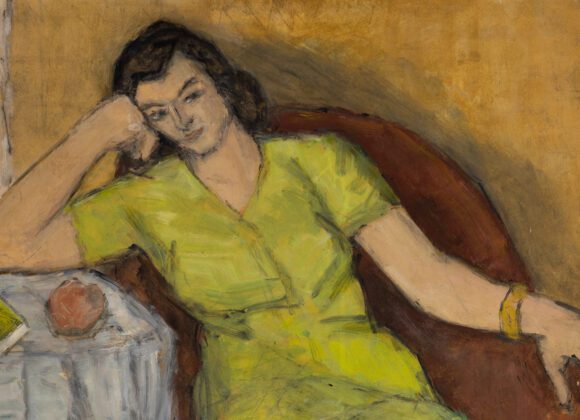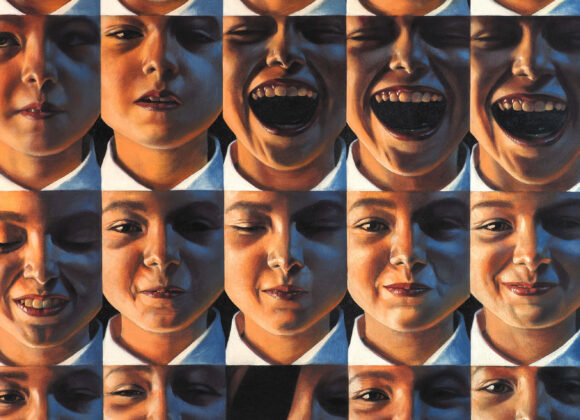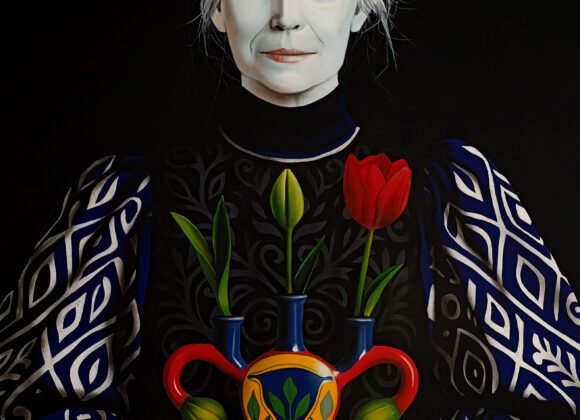Paris Pallady
Sept 5 –Dec. 14
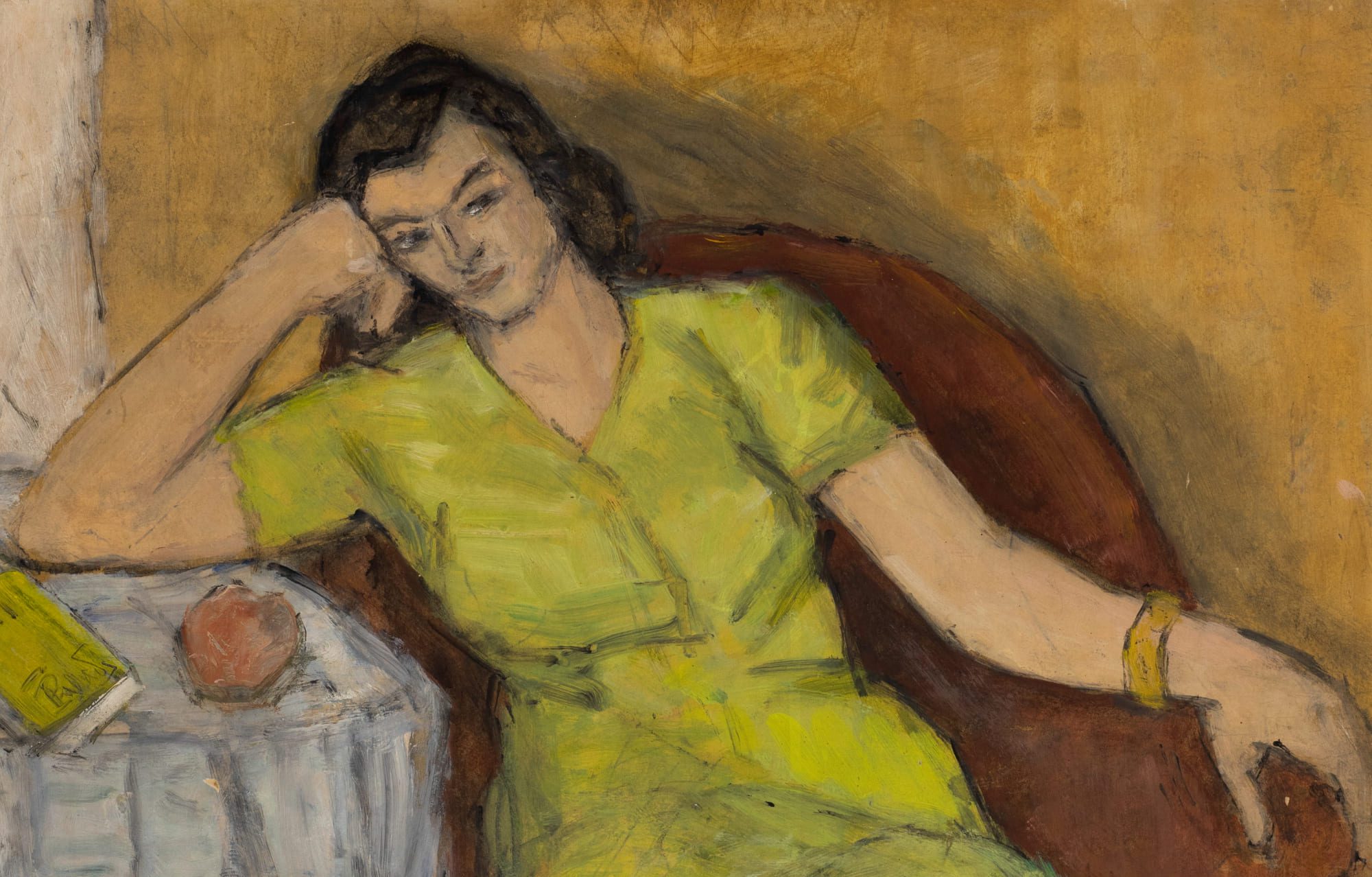
Grand Paris was both the cradle and the standard of excellence for the art of Little Paris. We are not only referring to the Paris of studios and art schools, but also to the unique essence of experiencing life and shaping oneself intellectually, artistically, socially, and humanly within that unparalleled environment.
After his engineering studies at the Polytechnic School in Dresden, Pallady completely changed both his path and field, continuing his education at the École des Beaux-Arts in Paris and studying under Gustave Moreau, alongside Matisse, Marquet, and Rouault, among others.
Pallady lived and worked in both Paris and Bucharest. He infused that unique “air de Paris” into almost all of his works—that Parisian state of the bourgeois spirit, one that aspires not to an earthly paradise, but to an urban one. This is the subject of the exhibition Paris Pallady. Despite the large number of works—over 70—and the numerous documents that offer the exhibition historical, social, and anthropological context, this is not a retrospective, but rather an exhibition of atmosphere—a phenomenological essay in which art does not merely depict or represent a subject, but emanates it, generating a desirable and ideal life-environment that the public can absorb through all the senses, not just the visual one.
Pallady did everything for art in a world that did everything for the nation. Grigorescu and his successors glorified the national ideal, rustic idealism, and military heroism. In contrast, Pallady celebrated the comfort of the Parisian urban interior—or its Bucharest counterpart, modeled after the Parisian one.
The exhibition is organized in partnership with the renowned French museums Musée de l’Orangerie and Musée Henri Matisse – Département du Nord, which are lending works by Henri Matisse to Art Safari.
Exhibition orchestrated by Maria Munteanu, with accompaniment by Erwin Kessler
Partners: Musée de l’Orangerie, Musée Henri Matisse – Département du Nord, French Institute in Romania, Embassy of France in Romania
More exhibitions


